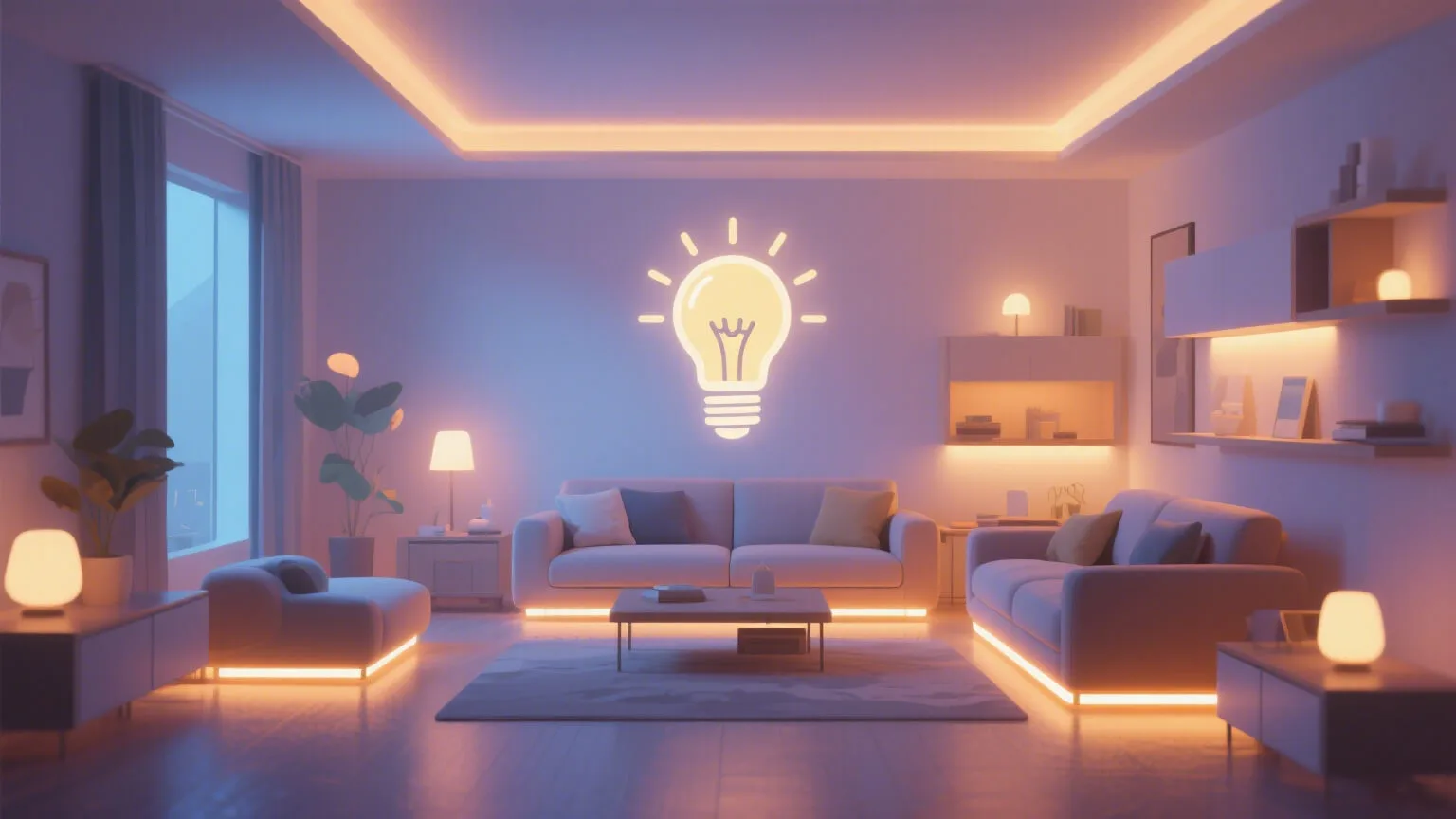Introduction:
Have you ever experienced your recessed lights flickering constantly, even after replacing the bulbs? Not only is this annoying, but prolonged exposure can also strain your eyes. Today, we’ll dive into the 7 most common causes of flickering recessed lights and provide practical solutions to help you fix the issue for good!
1. What Is Light Flickering?
Flickering refers to rapid, repeated brightness fluctuations in a light source (often invisible to the naked eye but detectable with a smartphone camera). Long-term exposure to severe flickering can cause eye strain, headaches, and even mood disturbances.
2. 7 Common Causes of Recessed Light Flickering & How to Fix Them
1. Poor-Quality LED Driver
✅ Problem: Cheap or aging LED drivers fail to provide stable current, causing voltage fluctuations and flickering.
✅ Solution:
-
Replace with a branded driver (e.g., Osram, Philips) and opt for constant-current drivers.
-
Ensure the driver matches the light’s wattage (e.g., a 12W light paired with a 10W driver will be unstable).
2. Loose Wiring or Poor Connections
✅ Problem: Loose wire connections, faulty switches, or aging wiring cause intermittent power flow.
✅ Solution:
-
Turn off the power and check if terminal connections are tight.
-
Test the switch for poor contact (by temporarily bypassing it).
3. Incompatible Dimmer Switch
✅ Problem: Standard LED lights paired with non-compatible dimmers (e.g., old TRIAC dimmers) flicker or buzz.
✅ Solution:
-
Replace with an LED-compatible dimmer (e.g., TRIAC, 0-10V, or PWM dimming).
-
Choose lights labeled “dimmable.”
4. Unstable Voltage Supply
✅ Problem: Household voltage fluctuations (below 200V or above 240V) disrupt the light’s power supply.
✅ Solution:
-
Use a multimeter to check voltage; if unstable, install a voltage stabilizer.
-
Avoid connecting high-power appliances (e.g., AC, water heaters) to the same circuit.
5. Poor Heat Dissipation
✅ Problem: Overheating triggers the driver’s thermal protection, causing intermittent flickering.
✅ Solution:
-
Choose lights with aluminum heat sinks and avoid installing them in enclosed ceilings.
-
Ensure proper ventilation space around the fixture.
6. Too Many Lights on One Circuit
✅ Problem: Multiple LED lights on the same circuit cause uneven current distribution, leading to flickering.
✅ Solution:
-
Reduce the number of lights per circuit (recommended: ≤10).
-
Use separate circuits or dedicated drivers.
7. Faulty Light Fixture
✅ Problem: Damaged LED chips or circuitry cause flickering or partial failure.
✅ Solution:
-
Replace the fixture with a high-CRI (RA≥90), flicker-free certified brand.
3. How to Test for Light Flickering?
-
Smartphone Camera Test: Point your phone at the light—if you see rolling stripes, flickering is present.
-
Professional Tools: Use a flicker meter or multimeter to measure fluctuations.
4. 3 Key Tips for Choosing Flicker-Free Lights
-
Look for Certifications: Choose lights labeled “flicker-free” or compliant with IEEE PAR1789.
-
Quality Driver: Opt for constant-current drivers (not capacitive ones).
-
Trusted Brands: Philips, Osram, and NVC offer better quality control.
5. Conclusion
Flickering recessed lights aren’t a minor issue—they can stem from power supply, wiring, heat buildup, or the fixture itself. By troubleshooting step-by-step, you can identify and fix the problem. If your lights are still flickering, try these solutions or describe your issue in the comments—I’ll help you diagnose it!
Are your lights flickering? Share your experience in the comments!



